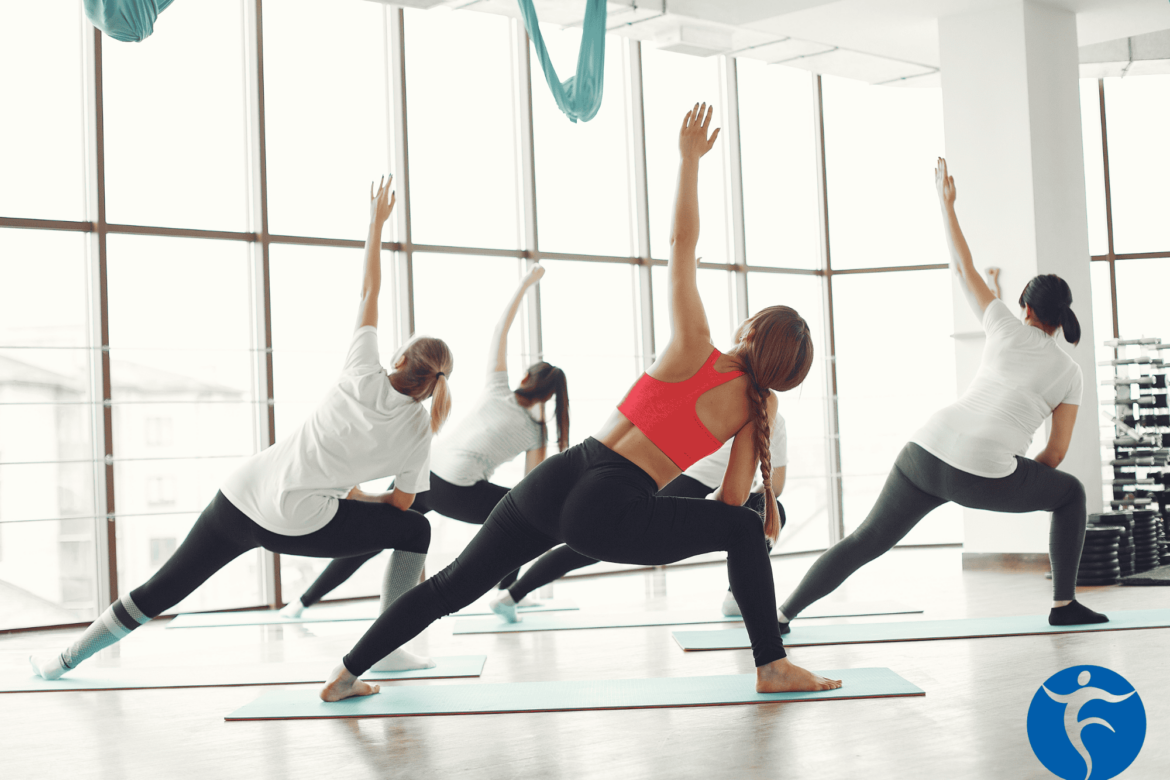Flexibility vs. Mobility: What’s the Difference?
How are Flexibility and Mobility Different?
Flexibility and mobility are terms used to describe movement. Although they may be interchangeable in general conversations, they have significant differences. Flexibility focuses on the ability of soft tissue to passively stretch. Soft tissues are made up of muscles, ligaments, tendons, and connective tissue, all of which hold the ability to stretch. If any of these tissues hold restrictions, flexibility will be reduced. Flexibility differs from person to person, but general norms are established to help identify if flexibility is a contributing factor to one’s limited Mobility. Mobility looks more at the overall movement of joints. There are hundreds of joints in the human body, all of which combine to help perform functional tasks such as ascending stairs, standing up from a seated position, or throwing a baseball. A loss of mobility can lead to a loss of function. Learn more about Flexibility vs. Mobility: What’s the Difference?
What Is Mobility?
“Mobility is defined as your ability to move purposefully as you go through your day. It is the foundation for living a healthy and independent life. Mobility comprises all the skills required for everyday living: physical stamina, strength, balance, coordination, and range of motion.”
What Is Flexibility?
“Flexibility is the ability of a joint or series of joints to move through an unrestricted, pain-free range of motion. Although flexibility varies widely from person to person, minimum ranges are necessary for maintaining joint and total body health.”
Importance of Mobility and Flexibility for Your Health
Now that the differences of mobility and flexibility have been defined, it is important to understand how it is affect our overall health. Flexibility is one of many components that can affect mobility. Quality flexibility will allow for soft tissue to stretch through optimal ranges of motion to minimize additional strain on surrounding anatomical structures. For example, tight and restricted hip flexors can create an anterior pelvic tilt in standing which in turn will place excessive lordosis of the lumbar spine leading to low back pain and potential nerve compression. This muscle group is a common area of restriction due to our sedentary society where work is performed for prolonged bouts in a seated position.
This relates to mobility in a negative fashion making it difficult for individuals to perform a squat due to hip flexors restricting the available motion of spinal extension. With the inability to squat with proper mechanics, additional unwanted loads and strain will be placed on surrounding tissues leading to a potential increase of injury. This can lead to disability with individuals unable to stand up from off the toilet or lift objects from low surfaces. A loss of mobility can also be impacted by decreased strength, endurance, proprioception, balance, and coordination.
How to Improve Mobility and Flexibility
Flexibility can be addressed by static stretches. These exercises are characterized by isolating a specific muscle’s available stretch, i.e. sit and reach for your toes to stretch the hamstring. Parameters to address flexibility include holding stretches for 30 seconds or more to improve a tissue’s ability to stretch and create plastic changes in length. As for mobility, since several contributing factors can impact outcomes, it is important to find a movement you are having difficulty with. A trained physical therapist will then break down the movement to identify what the loss of mobility is caused by. Specific exercises to improve muscular function, motor control, balance or reduce pain should be performed to help put the pieces back together to complete the movement without dysfunction.
Want to learn more mobility or flexibility exercises? Schedule your appointment with one of our skilled Physical Therapists today!

